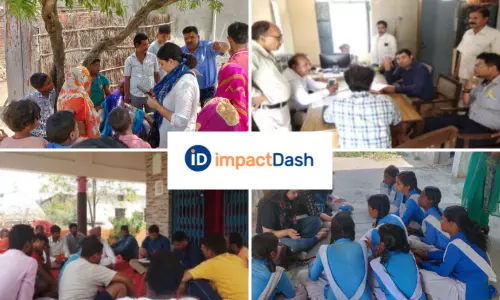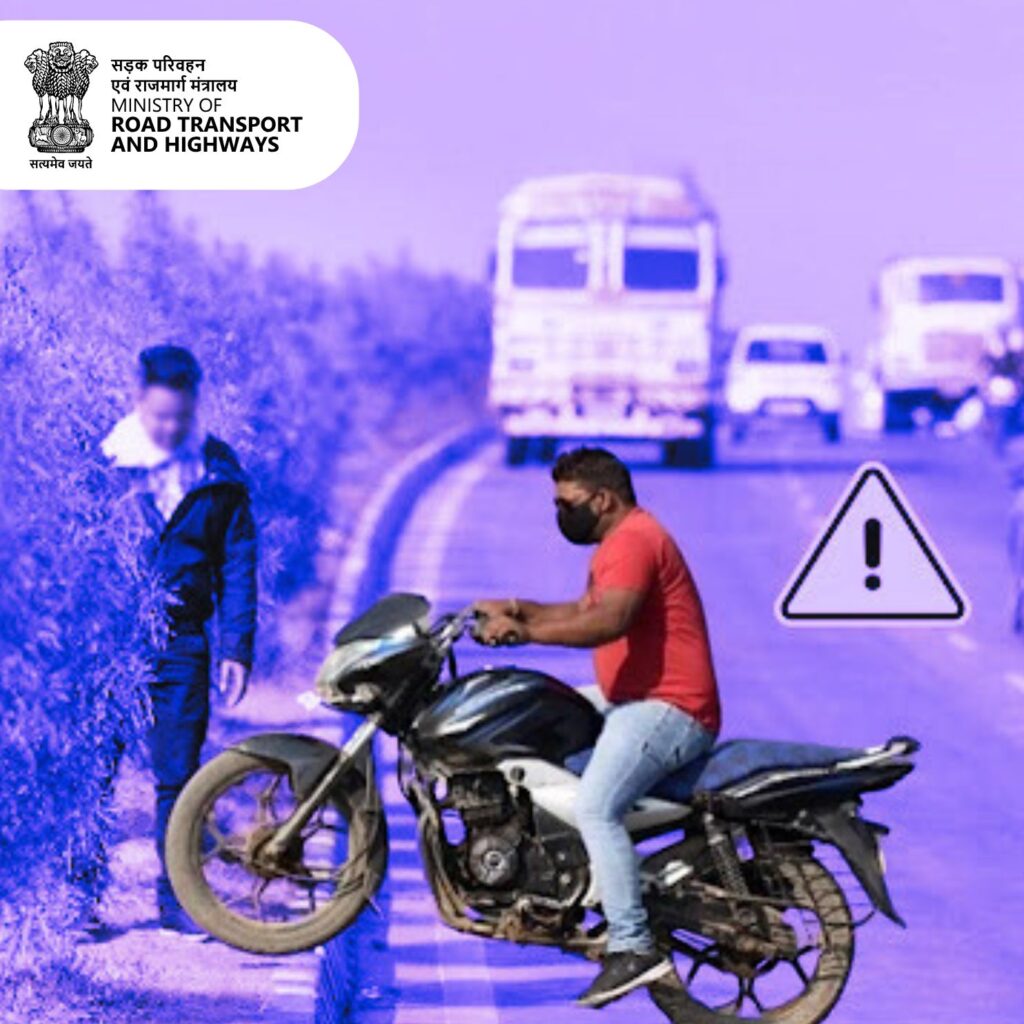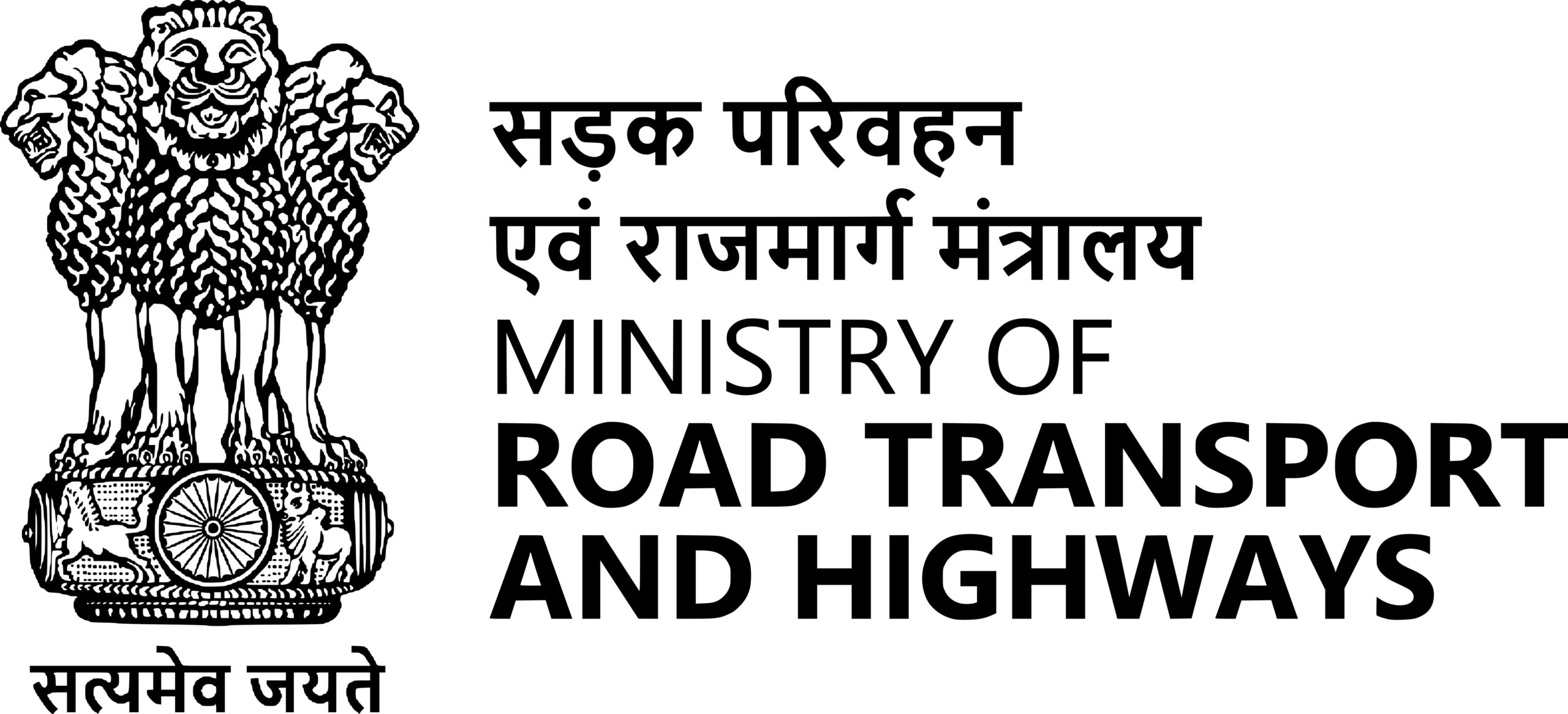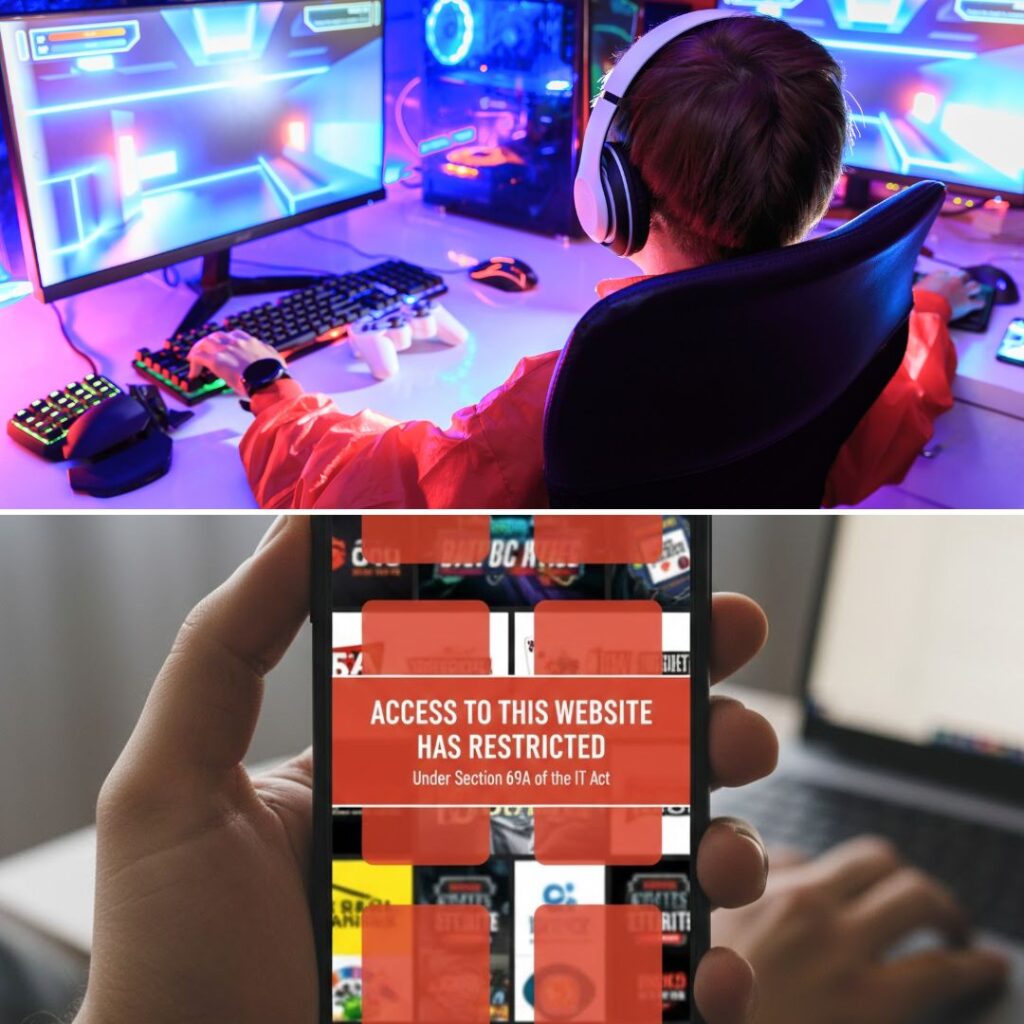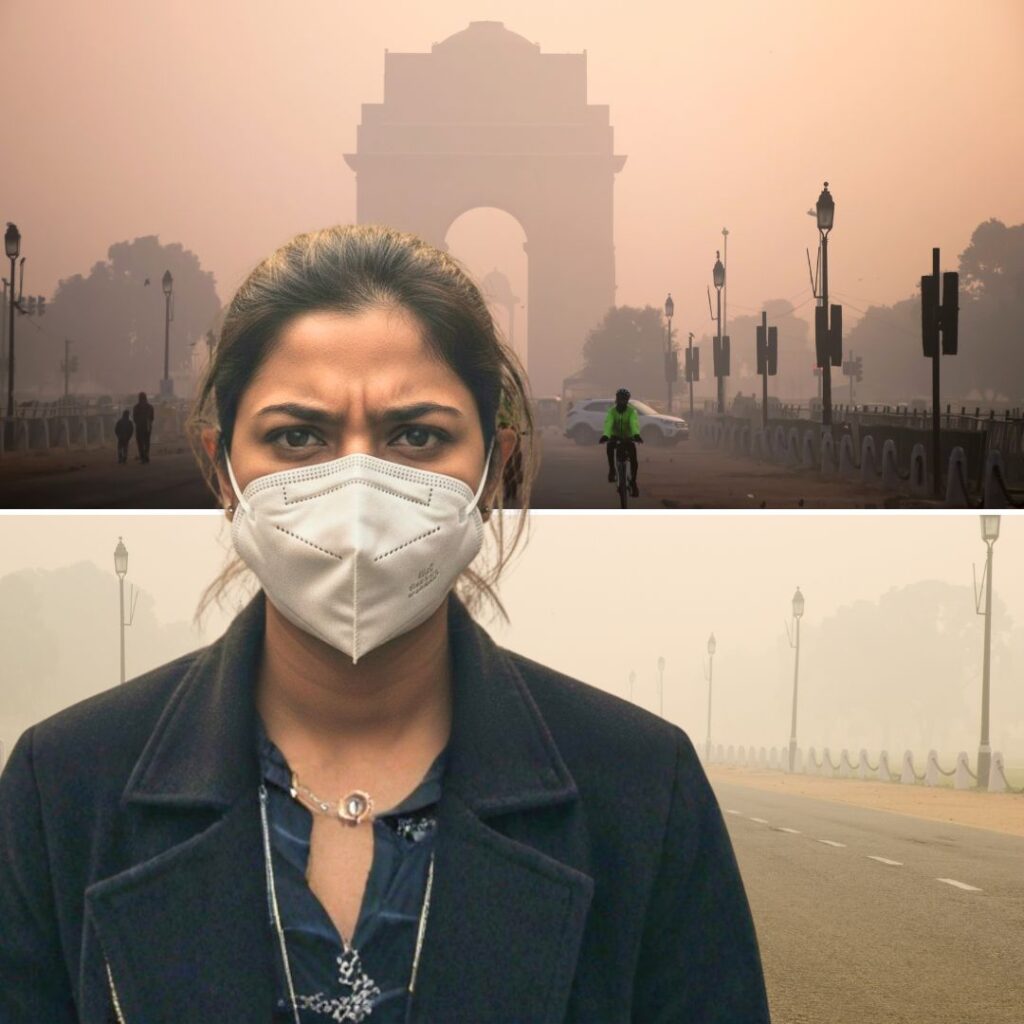To most of you working in the philanthropic sector, “Theory of Change” might feel like a buzzword.
Because you think it is too complex.
You may be right. After all, creating social impact is not easy. There are so many layers to it. A good Theory of Change will help you uncover all these layers and lay them out in front of you to seek clarity.
You may not realize it, but you could already have a Theory of Change in place, though not as deliberate and thorough.
That makes all the difference.
Through this guide, you will learn the components of a Theory of Change and how to put those pieces together to reach your end goal.
By the end, you will become more confident in developing a Theory of Change.
First things first…
What is a Theory of Change?
Let’s start with the definition –
“Theory of Change is a series of logical steps that define how and why certain interventions will lead to a desirable change.”
If you enjoyed playing with jigsaw puzzles growing up, you would enjoy building a Theory of Change. You put the pieces together to form clusters and combine those pieces to get the result. You know beforehand what the puzzle will reveal because it is printed on the box.
A theory of change is somewhat similar.
You know the problem you wish to solve and the change you intend to contribute to society. Connecting your assumptions and practical steps is how you will achieve your goals.
Before we dig into that, let’s learn…
Why do you need a Theory of Change?
Theory of Change is not just an official document that you create just for the sake of it. Most organizations keep it aside once it’s created and never bother to look at it again.
That’s a huge mistake.
A Theory of Change is your guidebook, a manual you will need from time to time once you’re knee-deep into the project.
Don’t abandon it. Use it to your advantage.
Here’s why every project or organization needs a Theory of Change:
Better Planning
“Sometimes, we know exactly what to do. But in a much more real sense, we have no idea what to do.”
With a Theory of Change, not only shall we know what exactly to do, but we shall be much more confident during implementation.
Smoother Adaptation
Heard of Murphy’s Law?
Whatever can go wrong, will go wrong.
When we have so many lives at stake, we cannot leave caution to the wind. We have to ensure from the beginning that we are on the right path.
A Theory of Change will also prepare us for all the anticipated situations or external factors that may make it difficult to achieve our long-term goals, much like Google Maps when we take a wrong turn.
Transparent Communication
A Theory of Change provides a solid foundation for more effective and unified communication by clearly articulating its shared vision and strategy. It is a neat and succinct way to convey the purpose of a CSR project to stakeholders, donors, governments, and other stakeholders.
Monitoring & Evaluation
Theory of Change lays out the universe of indicators that you need to keep an eye on. You may select the indicators from your Theory of Change and measure the same throughout the intervention. The more indicators you measure, the more prepared you are to mitigate any risks. The change (sometimes even a lack of change) in your indicators can help you verify your logic model and test out your assumptions.
Components of Theory of Change
Before we get into it, know there is no one “right” way to create a theory of change. Theory of Change models can vary in structure.
Whichever model you choose, as long as it can explain how to get from point A to point B and why it is the best approach, you are solid.
Every Theory of Change has 3 basic components:
- End goal or the desired change you wish to see in the world a.k.a destination.
- Practical steps or Activities to help you achieve those goals a.k.a route
- Assumptions that will validate your actions to make the desired change happen.
How to Build a Theory of Change
Just as we defined components, there are key points to developing a Theory of Change
- Define the problem
- Define the desired end goal
- Outline the activities
- List down the resources
- Test your assumptions
- Develop a theory of Change
1. Define Problem Statement
It’s hard to imagine the end goal or the impact you want to make in the world if you do not have a problem area, to begin with.
So, let’s start with a problem first.
Let’s say you want to end unemployment in youth in a small town X
What will you do next?
Start digging into the problem by asking yourself these questions.
- What is the problem? – Youth unemployment in a small town X
- Why does the problem exist? – Lack of relevant skill set, support and opportunities
- Who is affected by this problem? 18-24 years old youngsters from Tier- 3,4 cities.
- What is their context of living? Understand their daily schedule, current skill sets, barriers and drivers to their employment
- Who are the stakeholders? Training centers, funders, employers, youngsters, and their families
- What does the existing research and experience say? Vocational training and apprenticeship programs can help these youngsters become job-ready.
Gather your team for a brainstorming session. What’s that saying – “two heads are better than one”?
Once you have these answers, the rest of the process will feel like a walk in the park.
2. Define the End Goal (Impact) and Intermediate Outcomes
After defining your problem statement, identify the end goal – the change you wish to bring about.
In this case, your end goal would be to improve the livelihood of youth living in small town X and enhance their economic and social wellbeing.
Seems like a gigantic task, don’t you think?
Making an impact on the world is no easy feat. It is a mammoth task, and often a slow and tedious process. After all, change does not happen in a day.
Also, when all our focus is on the big picture, we might tend to lose sight of small milestones along the way.
What’s the solution then?
Break down your impact into intermediate outcomes.
It will solve three main purposes:
- To define the preconditions for the long-term change to occur
- To keep your progress in check
- To do course correction, if external factors come into play
Also, breaking goals into smaller steps makes them seem less daunting, doesn’t it?
To define our outcomes, let’s start from the end goal – the ultimate impact you want to have on a macro level.
We have already established that above. But if you are looking for a hint on how to do that, here’s one –
Ask yourself – what would happen if the problem no longer existed?
The answer to that question defines your impact.
And, how will that happen?
Here, the intermediate outcome comes into play.
To achieve a long-term impact, we need an intermediate change to happen. An intermediate-term goal often reflects changes in knowledge, feelings, attitude, and perception.
In our example, young beneficiaries having a steady regular income, increased purchasing capacity and savings could be a few intermediate outcomes.
Now that we have defined our outcomes, let’s see how we shall get there.
3. Outline the Activities and Immediate Outputs
All these good intentions that we have of making an impact, how are we going to achieve that?
Start by mapping all the activities or practical steps needed to achieve these goals.
For a youth skill development program, our activities would be as follow:
- Mobilizing youth to join the skill development program
- Designing a curriculum
- Conducting training sessions
- Arranging placements for students
The accomplishments of these activities are called Output or immediate outcomes.
In our case, the activities would result in the following outputs:
- Youth attending the training program
- Youth getting placed at the end of the training
4. List down all resources
Input is what we invest in the program, in the form of humans, finances, and other resources, to achieve our goals.
Making a list of inputs will give you a fair idea of the inventory of resources you already have and what you will need. More importantly, it will help you create a budget that you can justify to donors and program funders.
For example, for a youth skill development program, at minimum, you would need the following things:
- Material for mobilization
- Trainers
- Venue or infrastructure for the training program
5. Test your Assumptions
So you have made it this far!
First of all, kudos to you for not giving up.
Secondly, do notice the “if-then” logic used so far at every step.
Based on the logic and evidence available in the form of case studies and experiences, we assume that if we did this, then that would happen.
Once we have found a clear validation, we are ready to build our Theory of Change.
6. Develop a Theory of Change
If we visualize the above points in a table (click here for the visual), we would get a canvas to build a Theory of Change.
This table is the visual representation of what is needed to be done, how it’s needed to be done, and why we think it will lead us to our end goal.
In other words, Theory of Change.
See, how simple it is to build a Theory of Change, like solving a puzzle.
Use this to plan your next project or initiative. You will observe how easier and clearer things become when you have a well laid-out Theory of Change in place.
Let’s change the world one theory at a time!
This article is brought to you by ImpactDash, a dedicated team of impact-driven experts, is committed to advancing social development by empowering impact leaders through the integration of research and technology. With a focus on designing, monitoring, and evaluating social and environmental impact, ImpactDash operates with efficiency, transparency, and inclusivity. Holding ISO certification, they have successfully crafted over 100 projects, positively influencing over 3 million people nationwide. Their mission revolves around making social development programs more accessible and efficient. Leveraging their expertise in constructing insightful data models and effective algorithms, ImpactDash is at the forefront of driving community-centered solutions, contributing to positive change one project at a time.


